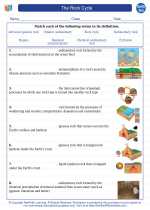ATP (Adenosine Triphosphate)
ATP, or adenosine triphosphate, is the primary energy currency of the cell. It is a small molecule that is used to store and transfer energy within cells. ATP is composed of an adenosine molecule and three phosphate groups.
Structure of ATP
The structure of ATP consists of an adenosine molecule (adenine base and ribose sugar) attached to three phosphate groups. The phosphate groups are attached to the ribose sugar in a chain, and the third phosphate group is connected to the second phosphate by a high-energy bond.
Function of ATP
ATP is essential for various cellular processes such as muscle contraction, active transport of molecules across cell membranes, and synthesis of macromolecules. When ATP is hydrolyzed (broken down) into ADP (adenosine diphosphate) and inorganic phosphate, energy is released and can be used to drive these cellular processes.
ATP Cycle
The ATP cycle involves the continuous synthesis of ATP from ADP and inorganic phosphate through cellular respiration, and the subsequent hydrolysis of ATP back to ADP and inorganic phosphate to release energy. This cycle allows the constant replenishment of ATP to meet the energy demands of the cell.
Study Guide for ATP
- Describe the structure of ATP and explain the significance of its phosphate groups.
- Discuss the role of ATP in cellular processes such as muscle contraction and active transport.
- Explain the ATP cycle and how ATP is continuously regenerated in the cell.
- Compare and contrast ATP and ADP in terms of their energy content and structure.
- Discuss the importance of ATP in the context of metabolism and energy transfer within living organisms.
◂Earth Science Worksheets and Study Guides High School. The Rock Cycle
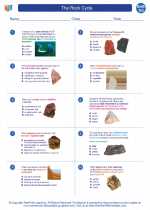
 Worksheet/Answer key
Worksheet/Answer key
 Worksheet/Answer key
Worksheet/Answer key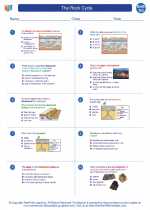
 Worksheet/Answer key
Worksheet/Answer key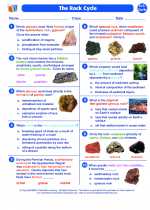
 Vocabulary/Answer key
Vocabulary/Answer key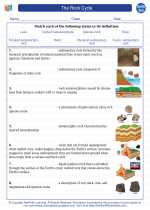
 Vocabulary/Answer key
Vocabulary/Answer key
 Vocabulary/Answer key
Vocabulary/Answer key